Caffeine and Training:
Promoting recovery
Promoting recovery
By Veeraj Goyaram for Bodybuilding Mauritius
Welcome to the article series on Caffeine and Exercise
Caffeine is a proven mental and physical performance booster and is one of the most health-friendly compounds gifted to us by Mother Nature. Caffeine tops my list of my most favourite nutritional compounds. No wonder why coffee is my favourite beverage and my day doesn't start before my first cup.
This article series will deal with key aspects of caffeine consumption and sports and exercise performance. We all know about the effect of caffeine in exercise performance but in this article we will look at a little-known benefit of caffeine consumption: muscle recovery.
Caffeine is a proven mental and physical performance booster and is one of the most health-friendly compounds gifted to us by Mother Nature. Caffeine tops my list of my most favourite nutritional compounds. No wonder why coffee is my favourite beverage and my day doesn't start before my first cup.
This article series will deal with key aspects of caffeine consumption and sports and exercise performance. We all know about the effect of caffeine in exercise performance but in this article we will look at a little-known benefit of caffeine consumption: muscle recovery.
Glycogen is the storage form of carbohydrate in muscles and is the preferred source of energy for muscle contractions in bodybuilding workouts. Therefore, after training it is imperative to get back this glycogen although there is no need for most of us to expedite this process. I have received a few questions about why I have recently started consuming strong coffee with my postworkout meal (Fig. 1) Well, there are quite recent studies that have shown that the consumption of caffeine in addition to carbohydrates post workout leads to a higher rate of glycogen replenishment than with carbohydrate alone. This highlights the potential value of caffeine as a recovery agent in addition to its role as an energy booster.
 |
| Fig. 1: My postworkout meal featuring caffeine from coffee |
Researchers from RMIT University in Melbourne, Australia, led by Professor John Hawley (who earned his PhD from my research unit in South Africa) carried out investigations on this effect of caffeine. They found that caffeine ingested along with carbohydrates postworkout led to 66% more muscle glycogen than carbohydrate alone. The researchers suggested that this caffeine effect may be due to a greater rate of glucose absorption by muscle cells. Therefore, they set out to analyse the effect of caffeine on the intracellular processes that are normally responsible for glucose uptake under exercise.
Two key molecules that are involved in this process are the enzymes CaMKII and AMPK. These become active as a result of muscle contraction during exercise. Their activation triggers processes in cells that bring about the movement of glucose transporters (GLUT4) to the surface of muscle cells for glucose uptake (See Fig. 2). A greater rate of glucose uptake may lead to increased glycogen resynthesis because glucose uptake is a limiting process in glycogen resynthesis. Interestingly, the researchers found that caffeine + carbs intake after exercise leads to a greater level of CaMKII activation than what is normally experienced by carbs only. This may indicate a greater rate of GLUT4 activation, glucose uptake and glycogen resynthesis.
Two key molecules that are involved in this process are the enzymes CaMKII and AMPK. These become active as a result of muscle contraction during exercise. Their activation triggers processes in cells that bring about the movement of glucose transporters (GLUT4) to the surface of muscle cells for glucose uptake (See Fig. 2). A greater rate of glucose uptake may lead to increased glycogen resynthesis because glucose uptake is a limiting process in glycogen resynthesis. Interestingly, the researchers found that caffeine + carbs intake after exercise leads to a greater level of CaMKII activation than what is normally experienced by carbs only. This may indicate a greater rate of GLUT4 activation, glucose uptake and glycogen resynthesis.
 | |||
| Fig. 2: Caffeine may bring about increased glycogen resynthesis via an increase in glucose uptake by muscles through GLUT4 transporters |
Although not investigated by the above study, the activation of the CaMKII (and AMPK) enzymes also increases the synthesis of GLUT4 so that there are more of these transporters available to take up glucose. The link between CaMKII activation and increased GLUT4 levels has been extensively reviewed in an article that I co-authored with my professor in the American Journal of Physiology, Endocrinology and Metabolism last year (Ojuka EO, Goyaram V and Smith JA, 2012). My research group from the University of Cape Town has also extensively studied caffeine in glucose uptake at the molecular level, under the leadership of Professor Edward Ojuka.
Practical application and important considerations
- Caffeine dosage and intake protocols: The Australian study above has used a high amount of caffeine (8 mg per kg of bodyweight) but smaller doses are also under investigation as well as the effect of taking caffeine before, during and after training (vs. caffeine taken only after). I speculate that smaller doses and spreading the caffeine intake around workouts may also work. Keep in mind that expediting the glycogen replenishment process by quickly is of relevance only if you conduct daily training sessions that require the use of the same muscle groups (e.g. are a soccer player who trains everyday).
- Other considerations: proceed with caution if you have any known sensitivity to caffeine and stimulant products, high blood pressure or any cardiovascular complications. It is best to check with your medical doctor before taking caffeine-containing products including pre-workouts. Some people may experience sleeplessness and feel jittery after a caffeine megadose while others may not experience any such things. That is why researchers are investigating lower doses of caffeine. The potential side effects of caffeine will be discussed in future articles.
I hope you found the article helpful. Do not hesitate to share links of our articles on Facebook and join us for daily discussions on bodybuilding on the Bodybuilding Mauritius Facebook Page. More articles on caffeine and bodybuilding will follow.
Pedersen DJ, Lessard SJ, Coffey VG, Churchley EG, Wootton AM, Ng T, Watt MJ, Hawley JA. High rates of muscle glycogen resynthesis after exhaustive exercise when carbohydrate is coingested with caffeine. J Appl Physiol 105: 7–13, 2008
Ojuka EO, Goyaram V, Smith JA. The role of CaMKII in regulating GLUT4 expression in skeletal muscle. Am J Physiol Endocrinol Metab 303: E322–E331, 2012.
_________________________________________________________________
©,2013, Veeraj Goyaram, Bodybuilding Mauritius. Any reprinting in any type of media is prohibited.
Disclaimer:
The Content on this site is intended to be used for educational and entertainment purposes only. It is not intended to be and should not be interpreted as medical advice or a diagnosis of any health or fitness problem, condition or disease; or a recommendation for a specific test, doctor, care provider, procedure, treatment plan, product, or course of action. BODYBUILDING MAURITIUS is not a medical or healthcare provider and your use of this site does not create a doctor / patient relationship. We disclaim all responsibility for the professional qualifications and licensing of, and services provided by, any physician or other health providers posting on or otherwise referred to on this Site and/or any Third Party Site. Never disregard the medical advice of your physician or health professional, or delay in seeking such advice, because of something you read on this Site. We offer this Site AS IS and without any warranties. Correspondence: vicgoyaram@gmail.com
________________________________________________________________________________





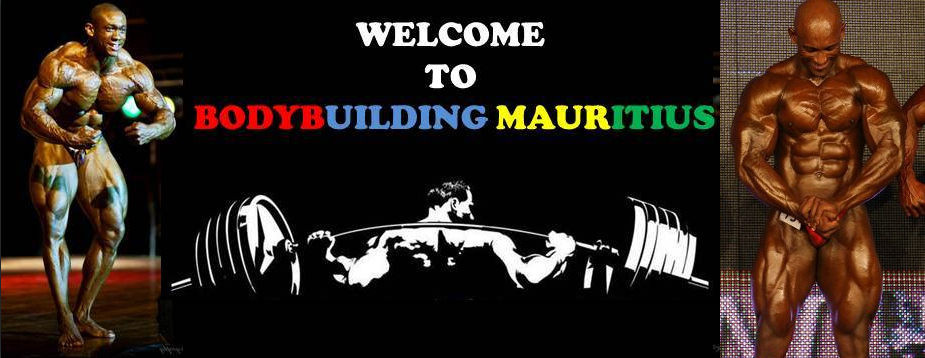
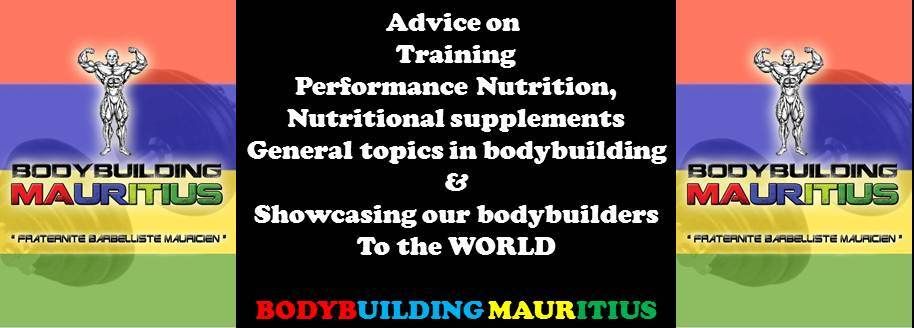

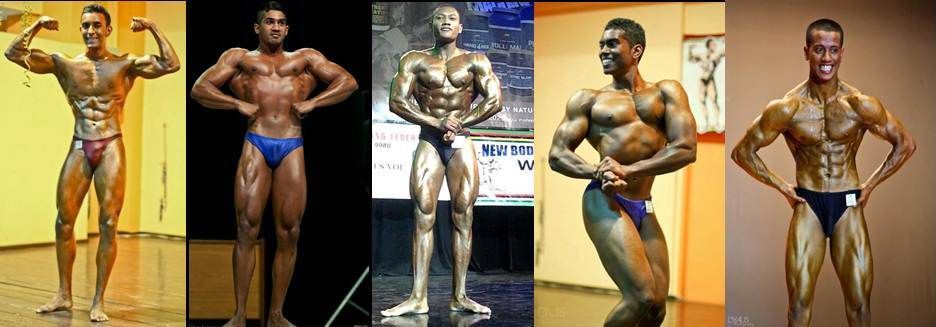



.jpg)







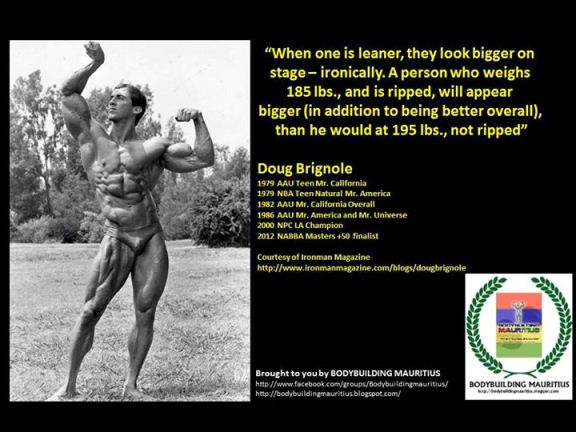

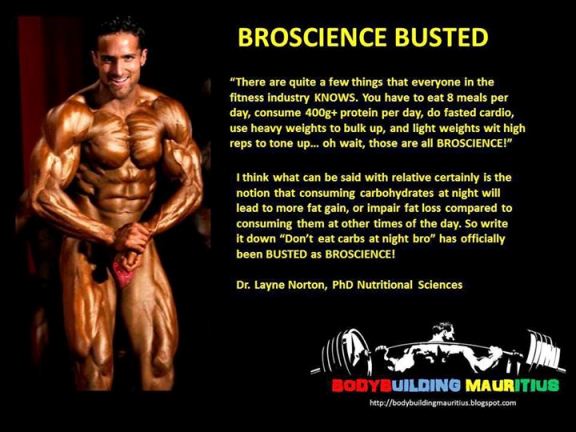














.jpg)



















